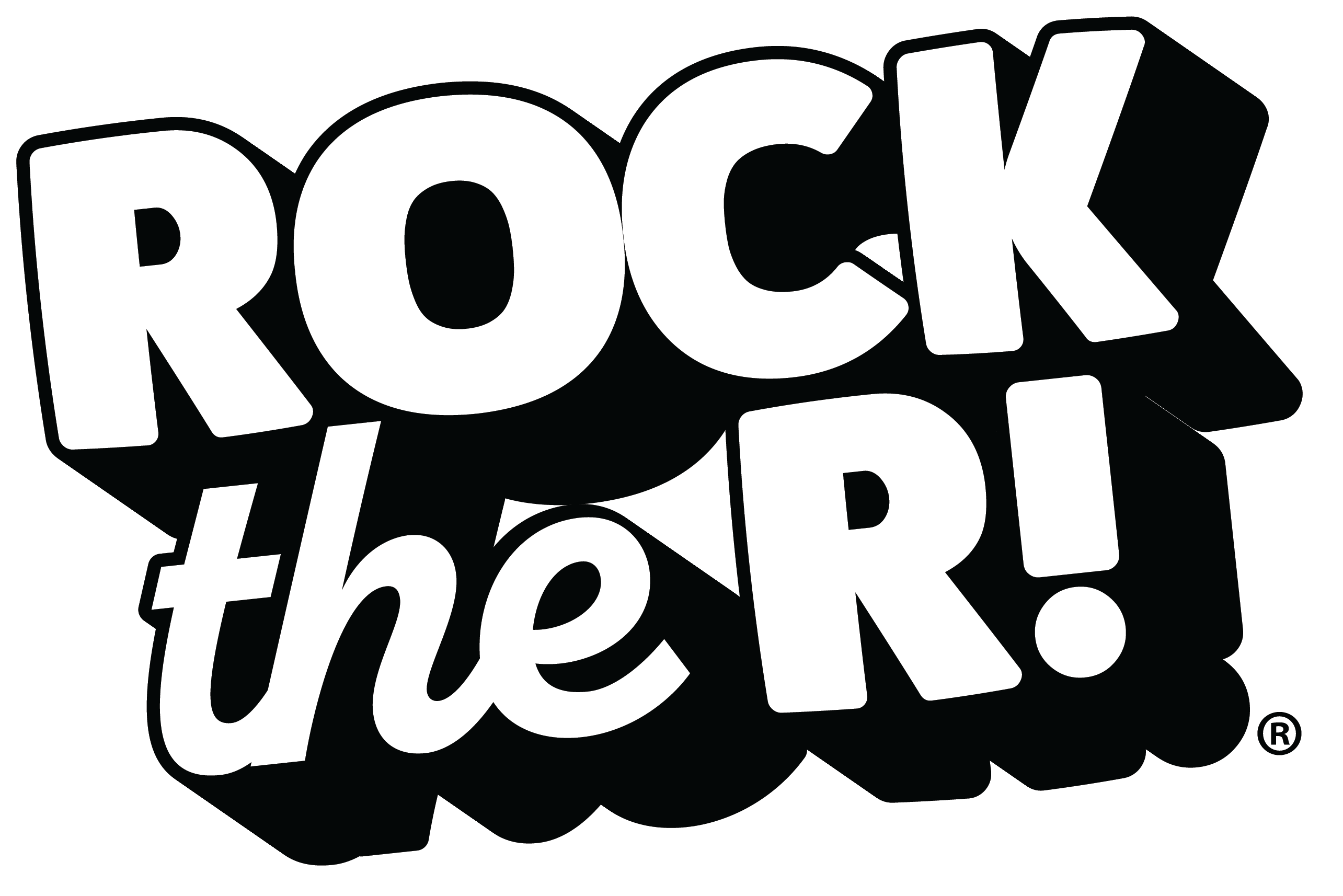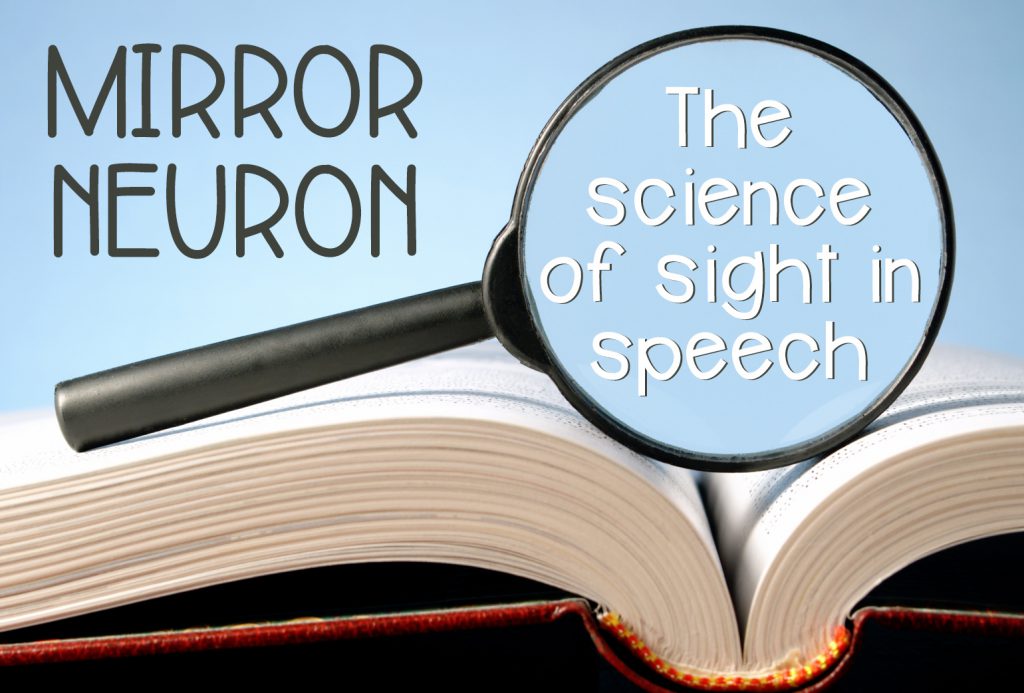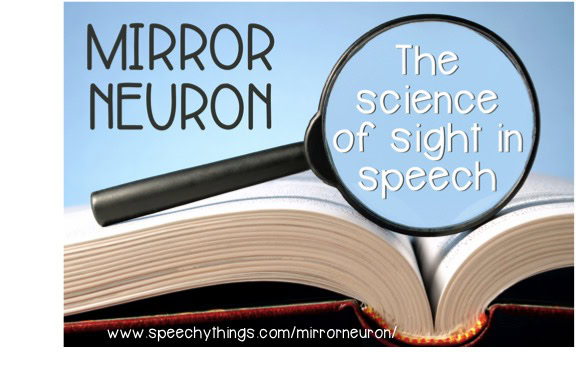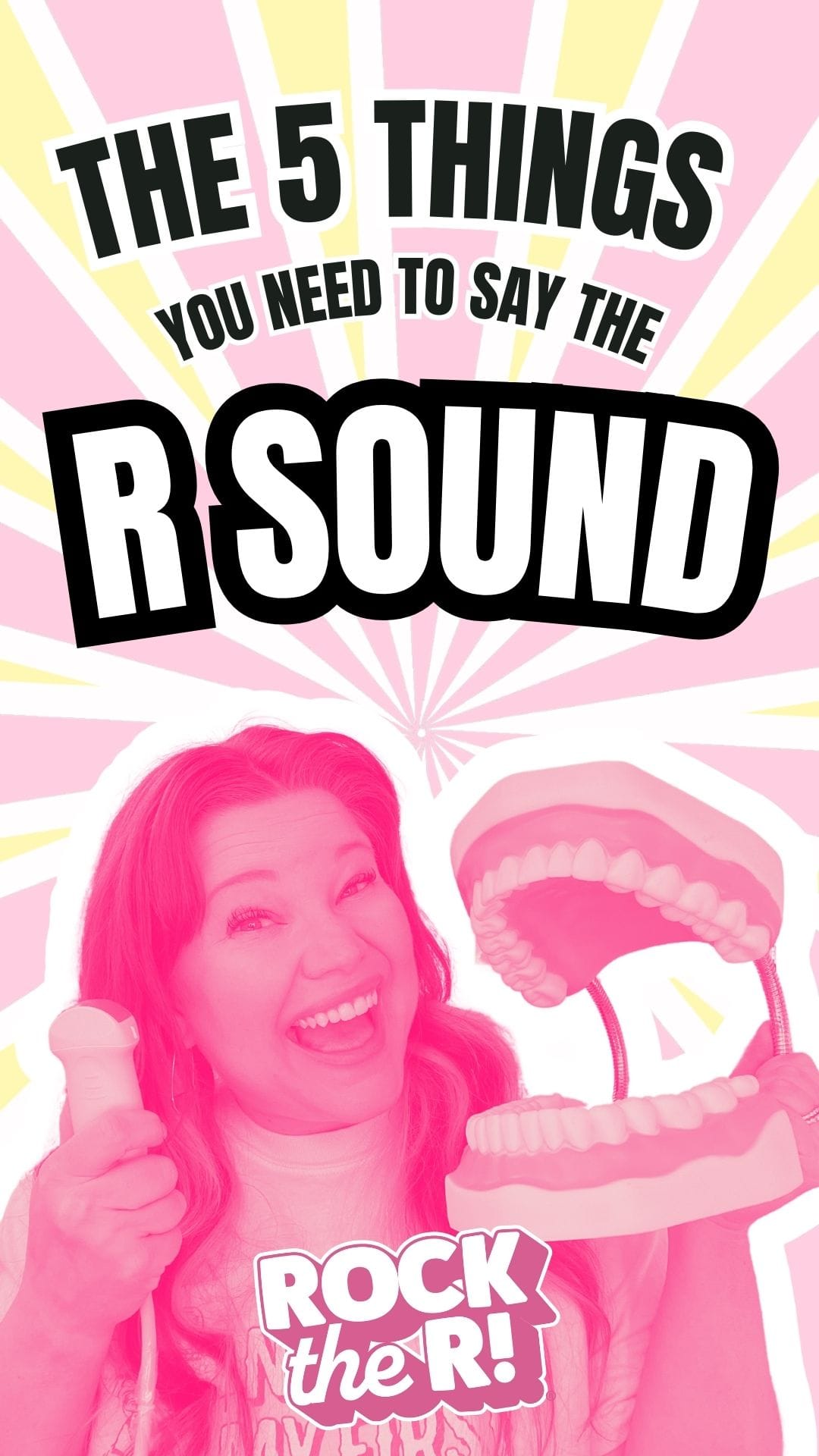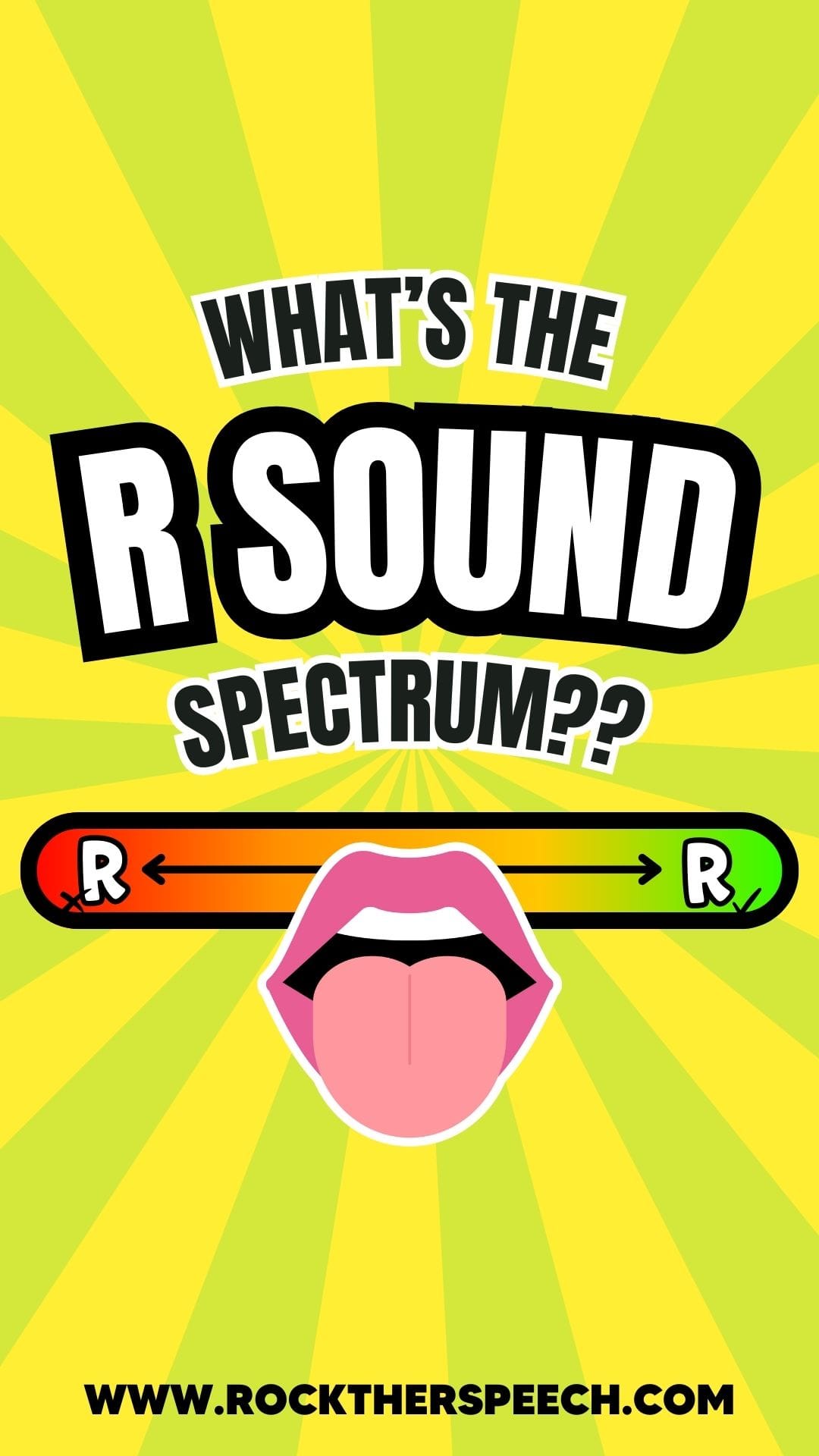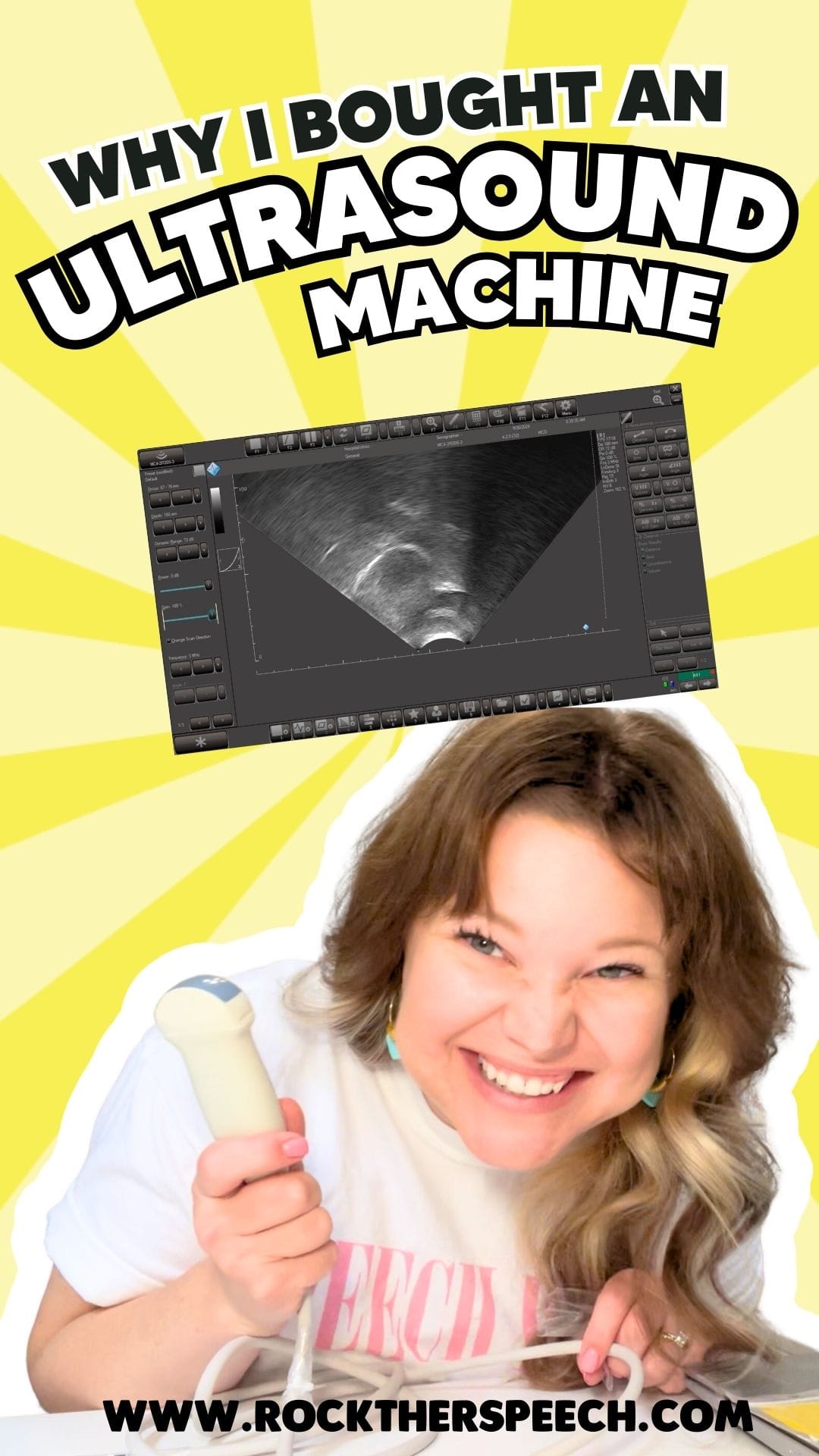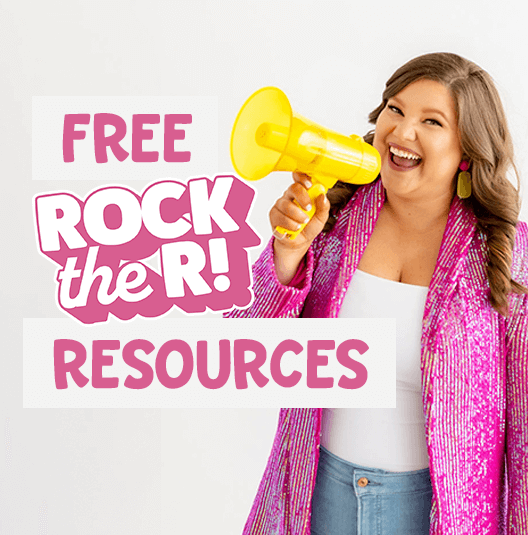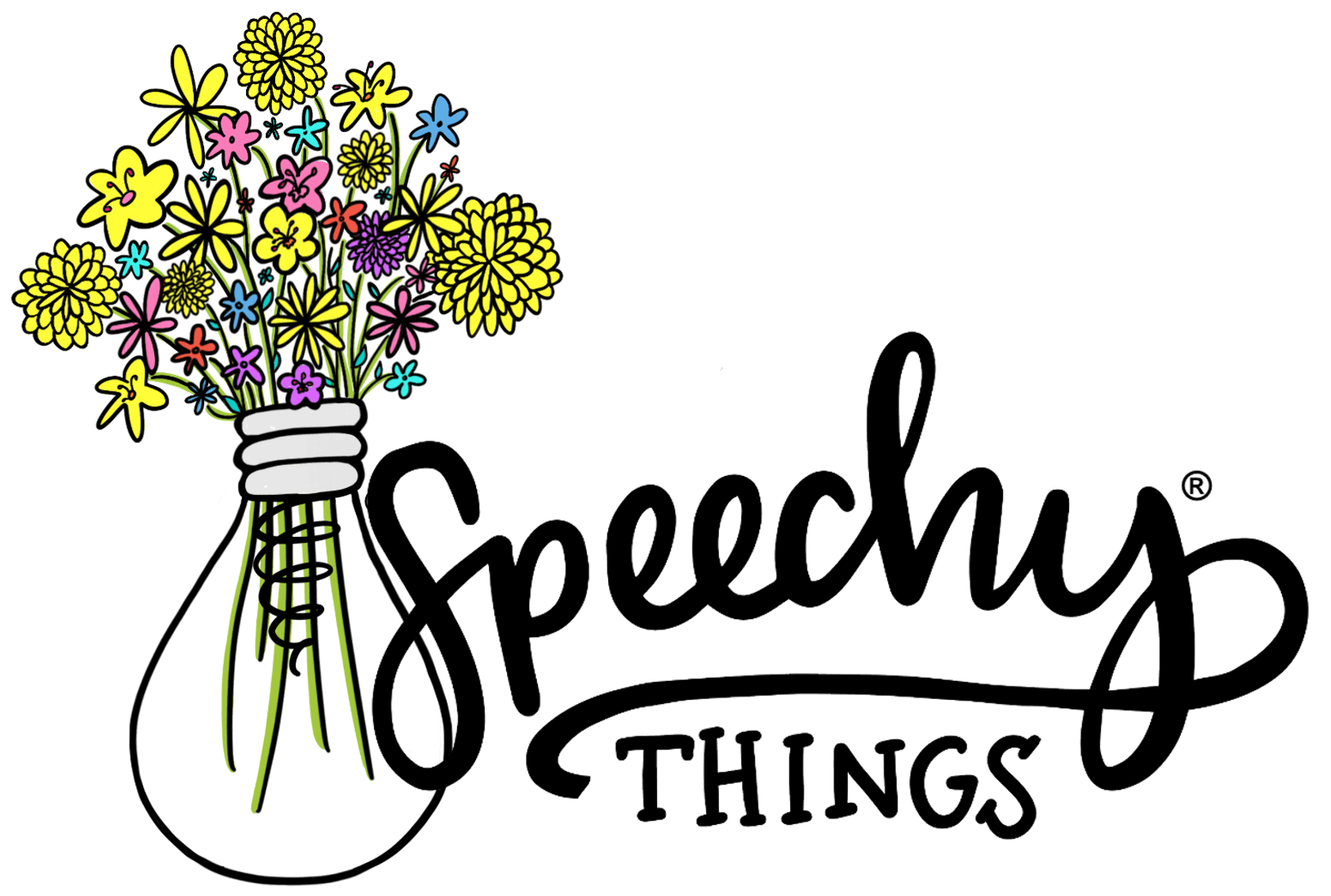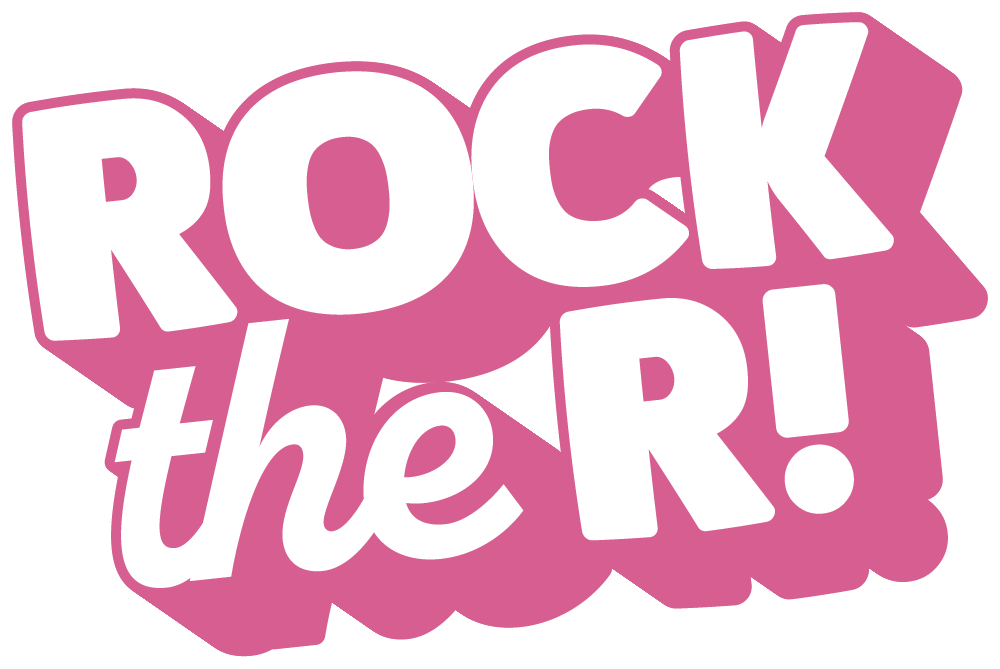“Look at me.”
“Watch my mouth.”
“Eyes, please.”
How many times a day do you say this? Is it one or two million?
It’s a large number to be sure, but let’s talk about the science behind why.
The why is SO important in our field- both to us, and to our families. The why is what keeps us on track with evidence-based practice. The why is also what helps us get buy-in and home carryover.
.
Enter: The Mirror Neuron
When people watch an action being performed, their brain begins to process it as though they were performing the action themselves. Let’s break it down.
Person 1: picks up a glass of water, “zone 1” of their brain lights up
Person 2: watches person 1 pick up a glass of water, “zone 1” of their brain also lights up
Person 2: throws a ball, “zone 2” of their brain lights up
Person 1: watches person 2 throw a ball, “zone 2” of their brain lights up
.
It. is. SO. COOL.
This applies directly to our therapy. When your kiddo watches your mouth produce a proper /f/, or watches your tongue lateralize while chewing, or watches your hands sign “car”… their little brains begin to light up as though they were performing the action themselves.
.
It’s that simple! Seeing is doing. (kinda)
Tell your colleagues. Tell your parents. Tell your mama. Get those eyeballs on you when teaching a skill – whether it’s related to speech, language, or feeding. If they are watching, they are (fingers crossed) attending and therefore learning.
Besides, throwing out cool terms like “mirror neuron” will not only educate… it will impress. You can even direct them to this article on the American Psychological Association’s (APA) website.
.
P.S. If you would like an easy FREE handout to give parents of late talkers that emphasizes the importance of children watching our mouths when modeling words, as well as strategies to achieve their attention, click here. If one freebie isn’t enough, you can get access to the freebie library by becoming a VIP!
Yay, science!
Lindsey





